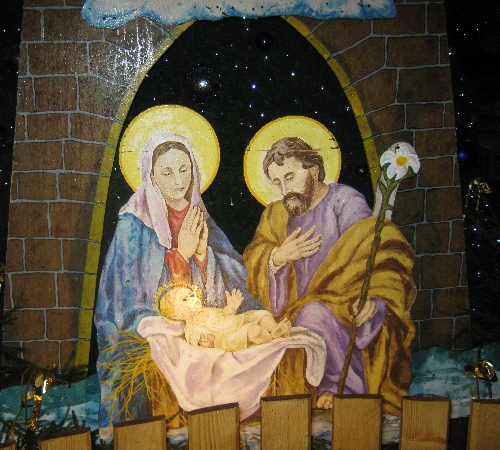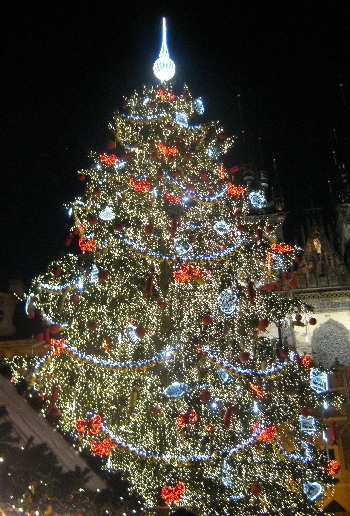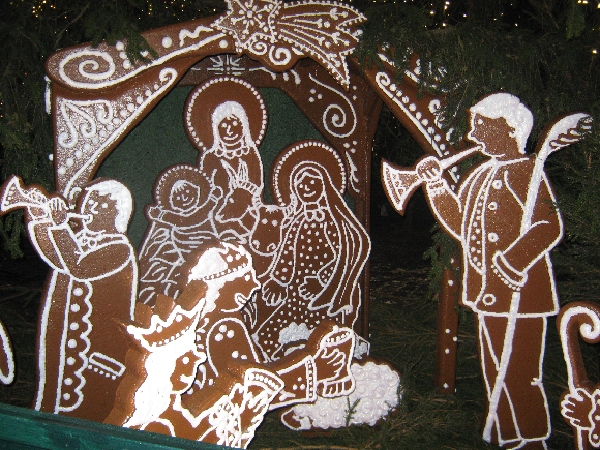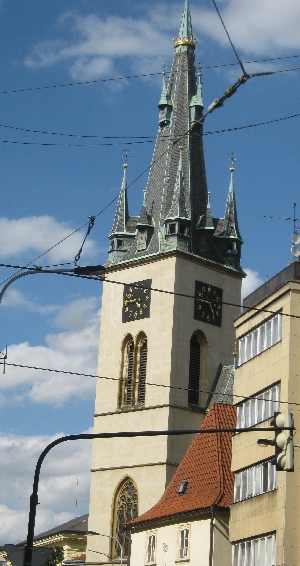
Yesterday – 6th January, was the Feast of the Epiphany, celebrating the visit of the wise men to the infant Jesus as recorded in the Gospel of Matthew, chapter 2, verses 1-12. The word ‘epiphany’ means ‘manifestation’ or ‘showing forth’ and is used because Jesus is ‘made manifest’ to the wise men, representing the gentiles. Whilst the Church of England allows for Epiphany to be celebrated on the nearest Sunday to 6th January, it was good yesterday, to able to celebrate the festival on the correct day because in 2013, the first Sunday of the new year was Sunday 6th January.
I note with interest, that celebrating the Feast of the Epiphany on the correct date each year, is not a problem in any neighbouring country to the Czech Republic, as in Poland, Slovakia, Austria and Freistaat Bayern / the Free State of Bavaria, 6th January is always kept as a public holiday. But not in the irreligious Czech Republic!
It is important to be aware of what Matthew 2. 1-12 does and does not tell us about these visitors who came ‘from the East’. Matthew calls them ‘Magi’ who were an ancient priestly caste in Persia. The word has traditionally been translated into English as ‘wise men’. We are not told that there were three wise men – that is an assumption drawn from them offering three different gifts. All we do know is that there was more than one of them as the word ‘Magi’ is plural.
These wise men are never described as being ‘kings’ – apparently the early Church Father Tertullian was responsible for first doing so, no doubt based on a literal understanding of Isaiah 60. 3, ‘Nations will come to your light, and kings to the brightness of your dawn’. And the names Casper/Kasper, Melchior and Balthazar only came to be given to them some time in the eighth century.
Whilst I think it is important to separate what is actually recorded in scripture from the additional myth and legend that have grown up since, I do like to ponder the hypothetical question, ‘What if it had been wise women, instead of wise men, who came to visit the infant Jesus?’ The answer is that they would have asked for directions and therefore arrived on time and, as a result, would have helped deliver the baby. They would then have cleaned the stable, made a casserole and given Mary and Joseph practical gifts!
More seriously, I am always struck as I read this familiar story each year, by two related things. One is the distance those wise men must have travelled without ever giving up, even after they arrived at Herod’s palace in Jerusalem, only to find they were in the wrong place. The other is that the first thing they did upon finally finding the infant Jesus, was to bow down and worship him.
Whilst St. Clement’s Church is very well located in the centre of Prague, I am still amazed and encouraged by the distance some of the congregation travel in order to get to worship on Sunday, from all parts of the city and in some cases, from further afield. I often contrast this with the unwillingness of some Church members in my former group of parishes in North Oxfordshire, to travel just a few miles to the next village to worship when there wasn’t a service in their village Church on that particular Sunday. This despite the fact that they regularly drove far further during the week, in order to visit their nearest Tesco supermarket!
Last Sunday when preaching, I commended to the St. Clement’s congregation, the example of the wise men as one to follow in this new year. To put attending worship each Sunday at the centre of their plans for every weekend and fitting other activities around it, instead of planning everything else first, and then seeing as an afterthought, whether worship would still fit in. I commend this also to all the readers of my blog!
I will finish this blog post, in the same way I finished yesterday’s sermon – with the words of a bumper sticker I saw many years ago. It said, ‘Wise men sought Jesus – wise men and women still do!’






 Further to my
Further to my 










